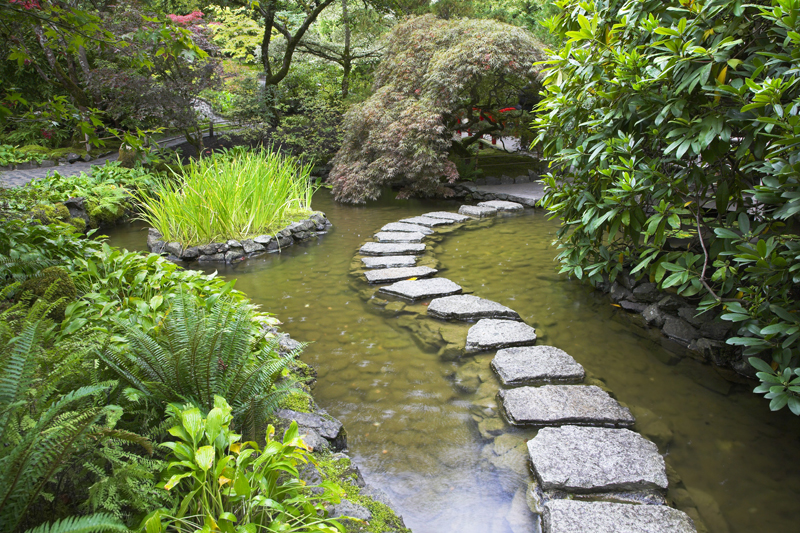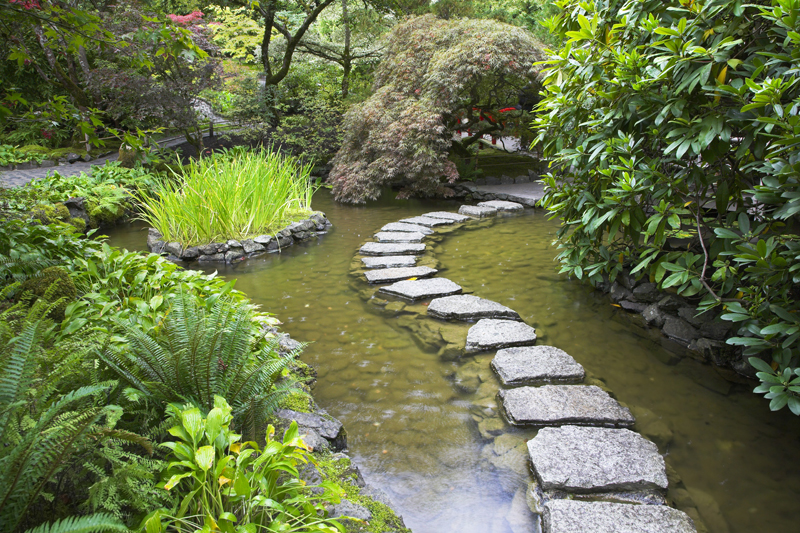Red Osier Dogwood

Red osier dogwood is native to many areas of the country. It is suited to zones 3 through 8. This is a fast growing plant.
Description of Red Osier Dogwood
This plant grows to 7 to 9 feet in height and can easily spread to be 12 feet across because the stems spread.
There is a dwarf form of this species that is called Kelsey’s dwarf. It is only about 2 feet in height with a spreading growth habit. This dwarf plant is very petite and leafy. It makes a perfect ground cover.
The most popular feature of red osier dogwood is probably the twigs that turn vivid red. They provide lots of good winter color for the landscape. However, there are varieties with yellow twigs as well.
The twigs begin turning red or yellow in the fall and retain this lovely color throughout the winter into early spring.
Red osier dogwood has lovely creamy white blooms that open in late spring into summer. These form two inch wide clusters.
The densely leaved plant has medium to dark green green foliage. The oval foliage is 2 ½ inches long. The foliage turns a beautiful red in the fall.
The fruits ripen in late summer and early fall when they turn a soft blue or white.
Growing Red Osier Dogwood
This species does well in the Middle South and Upper South. It is a popular plant. This is tolerant of shade and does well in moist soils.
Red osier dogwood is a versatile plant. This can be used as a specimen plant or ground cover for banks as well as for borders. This is also perfect for screens and for planting in masses.
This native tends to spread quickly due to the creeping stems. So, for best results provide it with plenty room when you decide where to plant it.
Red osier dogwood can sometimes experience problems with scale insects and canker.
A Related Species
Silky dogwood is a related species that is native to the North Central and Eastern states. This is a great choice for screens and borders as well as for naturalizing.
This is an adaptable, versatile plant that tolerates a range of moisture levels and soil types. Silky dogwood prefers an acid soil. It does well in heavy shade and full sun.
The plant is named for the long silky hairs that surround the flowers.
This plant’s twigs begin turning red in late summer and fall. It retains this vivid color throughout the winter into early spring.
Description of Red Osier Dogwood
This plant grows to 7 to 9 feet in height and can easily spread to be 12 feet across because the stems spread.
There is a dwarf form of this species that is called Kelsey’s dwarf. It is only about 2 feet in height with a spreading growth habit. This dwarf plant is very petite and leafy. It makes a perfect ground cover.
The most popular feature of red osier dogwood is probably the twigs that turn vivid red. They provide lots of good winter color for the landscape. However, there are varieties with yellow twigs as well.
The twigs begin turning red or yellow in the fall and retain this lovely color throughout the winter into early spring.
Red osier dogwood has lovely creamy white blooms that open in late spring into summer. These form two inch wide clusters.
The densely leaved plant has medium to dark green green foliage. The oval foliage is 2 ½ inches long. The foliage turns a beautiful red in the fall.
The fruits ripen in late summer and early fall when they turn a soft blue or white.
Growing Red Osier Dogwood
This species does well in the Middle South and Upper South. It is a popular plant. This is tolerant of shade and does well in moist soils.
Red osier dogwood is a versatile plant. This can be used as a specimen plant or ground cover for banks as well as for borders. This is also perfect for screens and for planting in masses.
This native tends to spread quickly due to the creeping stems. So, for best results provide it with plenty room when you decide where to plant it.
Red osier dogwood can sometimes experience problems with scale insects and canker.
A Related Species
Silky dogwood is a related species that is native to the North Central and Eastern states. This is a great choice for screens and borders as well as for naturalizing.
This is an adaptable, versatile plant that tolerates a range of moisture levels and soil types. Silky dogwood prefers an acid soil. It does well in heavy shade and full sun.
The plant is named for the long silky hairs that surround the flowers.
This plant’s twigs begin turning red in late summer and fall. It retains this vivid color throughout the winter into early spring.

Related Articles
Editor's Picks Articles
Top Ten Articles
Previous Features
Site Map
Content copyright © 2023 by Connie Krochmal. All rights reserved.
This content was written by Connie Krochmal. If you wish to use this content in any manner, you need written permission. Contact Connie Krochmal for details.



